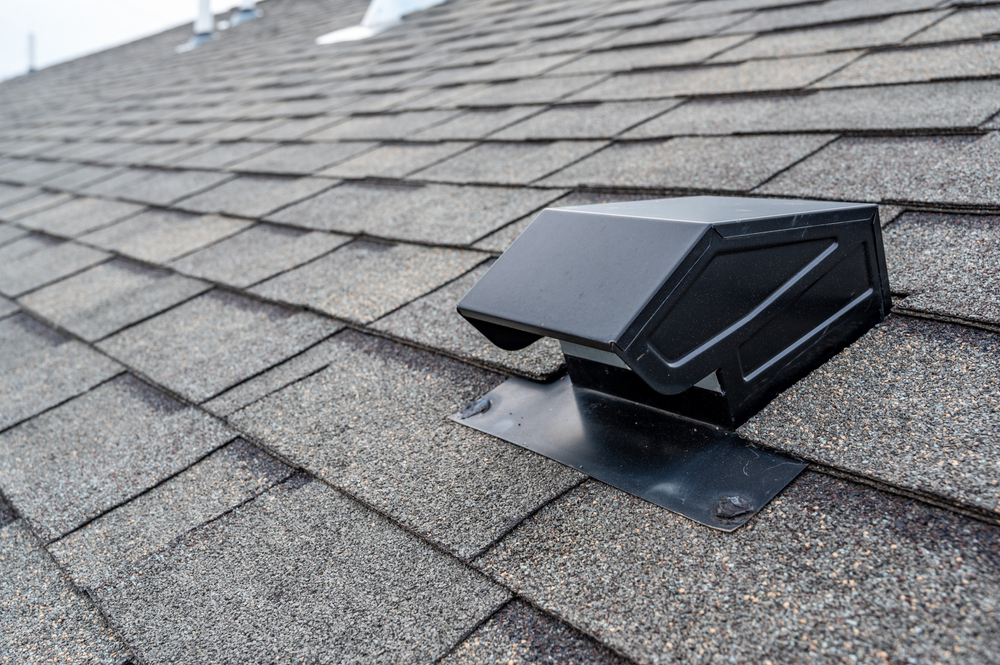
What Are Roof Vents and How Do They Work?
A rooftop ventilation system works by releasing hot air and moisture from the attic and roof area. By doing so, it regulates the temperature and humidity both inside and outside of the building more effectively. Ventilation should be planned and executed with precision for the roof. Sufficient airflow is essential for protecting the roof from weather damage and wind gusts.
Moreover, a well-designed framework will accurately adjust the admission and exhaust ventilation under the roof so that heat is forced back into the living area, keeping cold air from being sucked out too rapidly through vents. This results in higher warming and cooling costs.
Types of Roof Vents
Whirlybird Roof Vents
Whirlybirds, also called turbine vents, are ventilation systems that use the wind to cool our homes. They have a bulbous structure on the outside with blades that allow the unit to rotate in the breeze. This creates a vacuum which forces hot air out of roof depressions and cooler air into your home.
Not only can whirlybirds be used in conjunction with regular ventilation systems to improve efficiency and lower operating costs, but their installation is also convenient and inexpensive.
A well-designed ventilation system will more than likely include one of these vents. Vents are easy to install and don’t cost anything to run. Mechanical or sunlight-based rooftop ventilation may be a better option for people seeking for reliable, competent, and powerful cooling for a large home.
Ridge Vents
Edge vents are rooftop vents that are positioned at the edge of the roof. We made two far-reaching cuts in the top layer of the roof and inserted this vent with a cross-section on the internal layer to keep insects out. After installing the edge vent, an edge cap is added on top to complete the fantastic aspect of your rooftop. This vent allows you to use your upper room for heat free from bugs or other small objects.The storage room ventilation framework should include the ability for air to enter and leave the loft. The upper room space should be continually ventilated by means of outside air flowing through it via an effective loft ventilation system.
The air in the loft will rise as it warms, and convection will assist it to reach the top of the structure. The edge vent is where this happens because warm air rises and escapes through the roof peak via convection. This “detached framework” design works well for ventilation in a storage area since it doesn’t require any electricity to function.
These are only a few of the numerous choices of roof vents available for your home roof. Our team of experts at Roof Wizards is here to help you come to the right decision! If you have more questions about roofing materials, or you’re ready to get a new roof installed, contact us today and get your free estimate.
